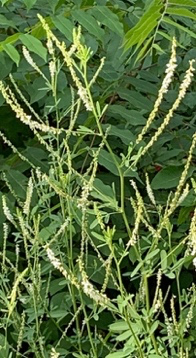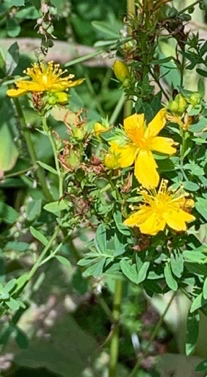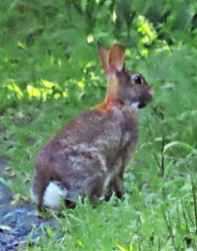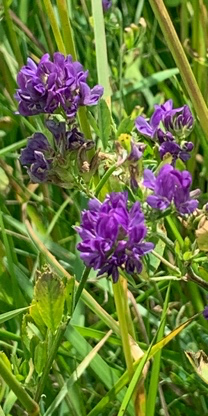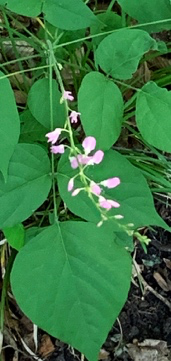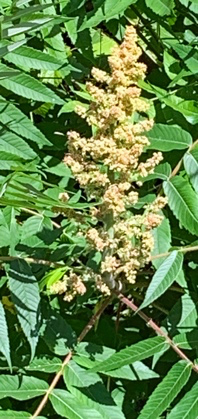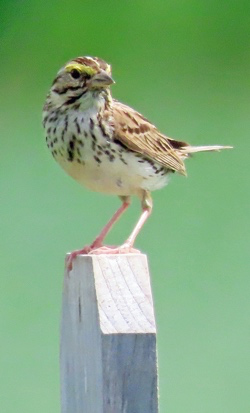E.H.Williams Nature Observations – October 1st, 2023
This final nature update for 2023 and all photos are from my walking the trail the morning of Sep 29. A standard set of birds was present – goldfinch, song sparrow, catbird, robin, crow, jay, chickadee, dove, red-bellied wp, flicker – but also a Carolina wren and female/young indigo bunting. The pond always has activity, this morning including a heron, mallards, and wood ducks. Nice to see the two duck species together; wood ducks are clearly smaller.
Asters along with a late goldenrod – shown below – dominate the flowers along the trail, and they are wonderful at this time of year. Evening primrose, brown-eyed susan, and both jewelweeds continue to flower, and gaura is a late addition. The only colorful fruit I saw was that of multiflora rose, an invasive non-native.
The beginning of the trail has a nice assemblage of plants that, a result of a lot of work, is replacing the Japanese knotweed. The trail is a wonderful place for a fall walk.
![]()


























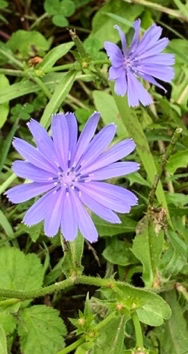








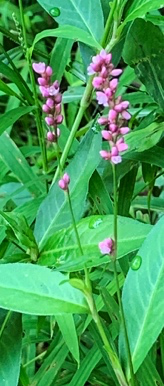









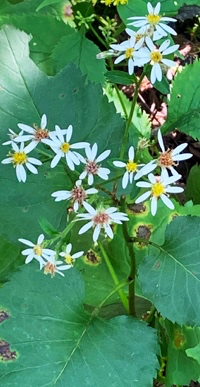











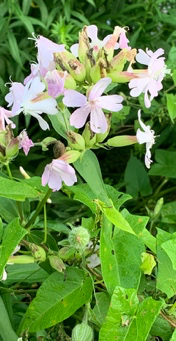












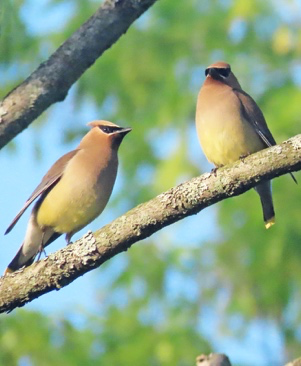







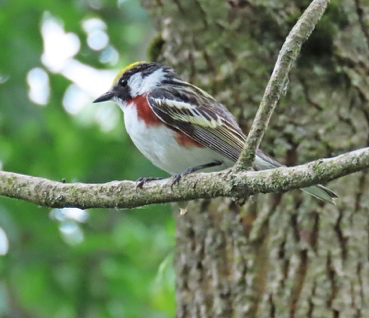






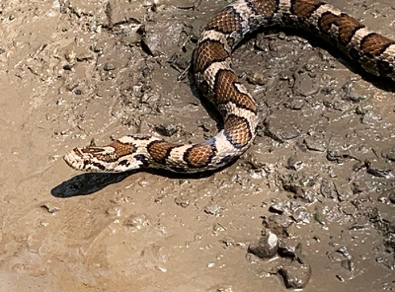



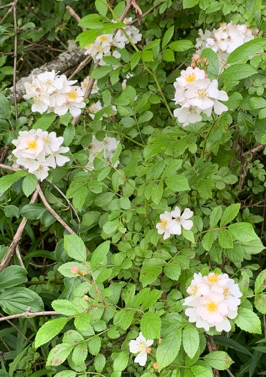














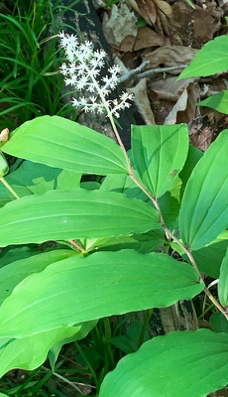






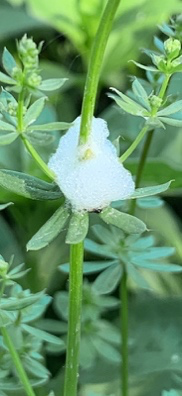





 Exciting news for our community! On Thursday New York State Secretary of State Robert Rodriguez announced the awarding of the 2022 $10,000,000 Regional DRI (Downtown Revitalization Initiative) Grant for our region to Clinton & Kirkland in a ceremony held at the Baseball Hall of Fame in Cooperstown. Representatives of local government and nonprofits as well as private citizens attended. Clinton Mayor Elizabeth Tantillo and Kirkland Deputy Supervisor Gary Colarusso accepted the award on behalf of the community. Smaller grants were awarded to the Villages of Cooperstown, Sharon Springs and Dolgeville.
Exciting news for our community! On Thursday New York State Secretary of State Robert Rodriguez announced the awarding of the 2022 $10,000,000 Regional DRI (Downtown Revitalization Initiative) Grant for our region to Clinton & Kirkland in a ceremony held at the Baseball Hall of Fame in Cooperstown. Representatives of local government and nonprofits as well as private citizens attended. Clinton Mayor Elizabeth Tantillo and Kirkland Deputy Supervisor Gary Colarusso accepted the award on behalf of the community. Smaller grants were awarded to the Villages of Cooperstown, Sharon Springs and Dolgeville.







